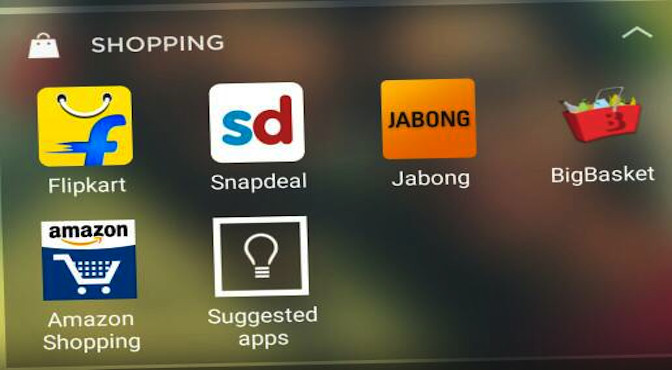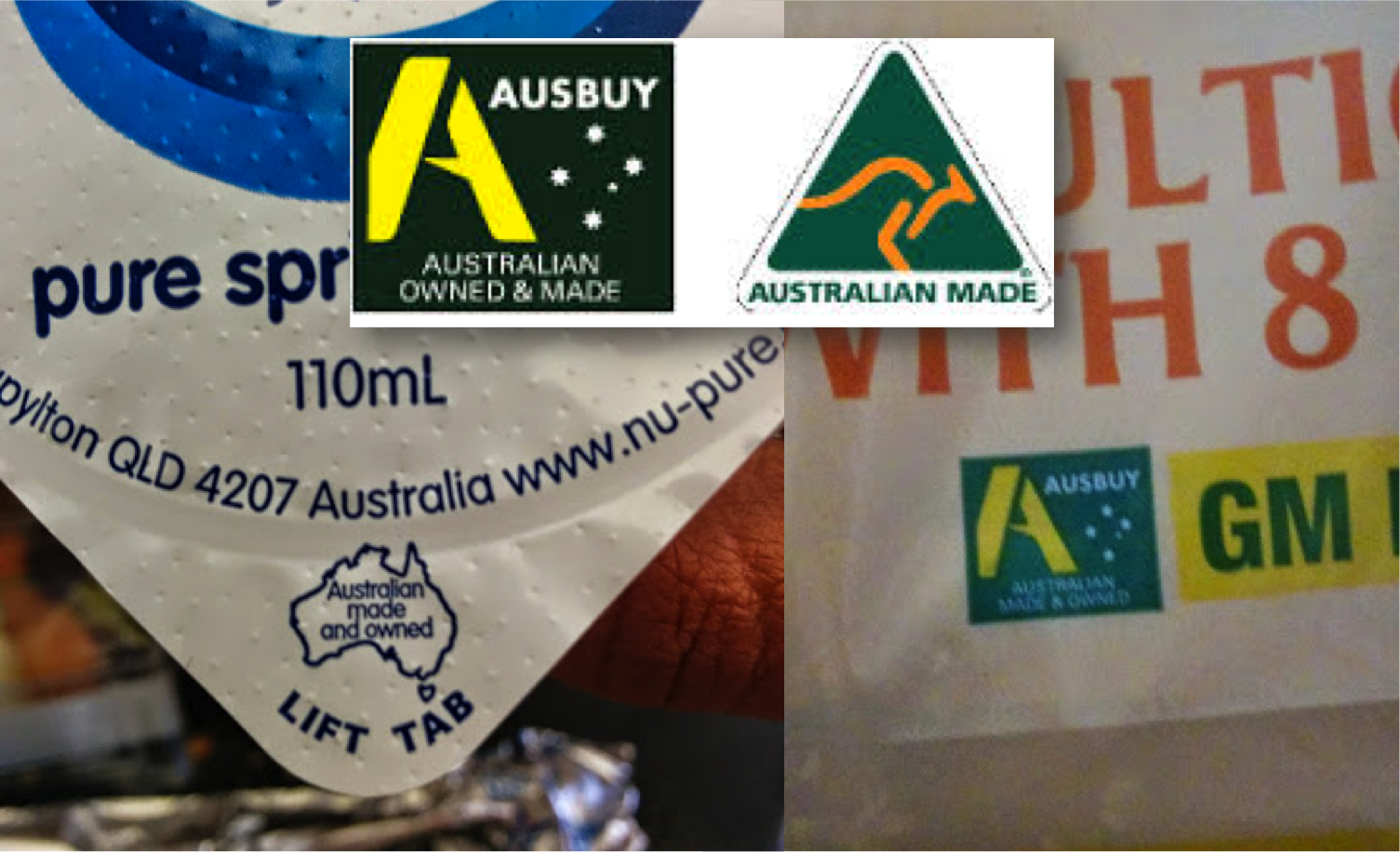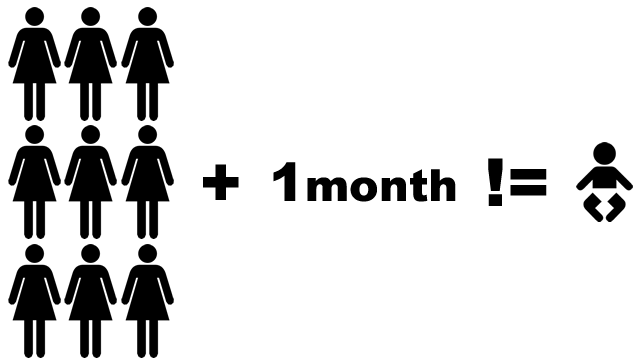A couple of weeks back, Myntra announced it was closing its web-shop to focus on a mobile-only strategy. With Myntra’s app-based sales already at 60%, it is now aiming at 90%. Soon after, its parent and India’s largest e-commerce site, Flipkart, confirmed similar plans for the next year. Why are eCommerce giants moving from a mobile-first to mobile-only strategy? Here are the top reasons for having users on the mobile platform – all of which directly impact the bottom line.
1. Customer acquisition & retention
With penetration in India expected to reach 45% by 2020, mobile-only is a flawless strategy to tap into the next generation of eShoppers. A single page m-site is enough to redirect (or force) users to move the existing user base to an app. Comparing products across individual apps is painful. Unless someone comes up with a comparison app, that can launch individual apps for detail, users are likely to stick to a single app. Achieving such a mindshare and stickiness is much harder to do on the web.
2. Insight for direct marketing
Once an app is installed, keeping track of consumer behaviour – usage, shopping times, interests, conversion, etc – is very easy. With registered users, additional demographic information is available which together with predictive analysis can be used to generate personalized suggestions. Push notifications allow strong, direct interaction with the user. In addition to suggestions, it can be used to communicate offers and remind inactive users of abandoned carts, without the fear of getting stuck in spam folders. With direct access to the user, spend on ads & affiliate marketing can be reduced, which otherwise shrinks margins by 8-20%.
3. Cost savings & increased sales
Once developed, apps are cheaper to maintain and can scale faster than the web front and avoid scaling issues like with the Big Flipkart sale. It also helps deliver better user experiences, optimized to generate sales. With users connected 24×7 via mobile, apps allow users to shop on-the-go. It also makes bundling, up-selling, cross-selling, and generating repeat business much easier. Direct access to users saves 8-20% of margins otherwise lost on ads & affiliate marketing, driving the customer retention cost to a minimum.









